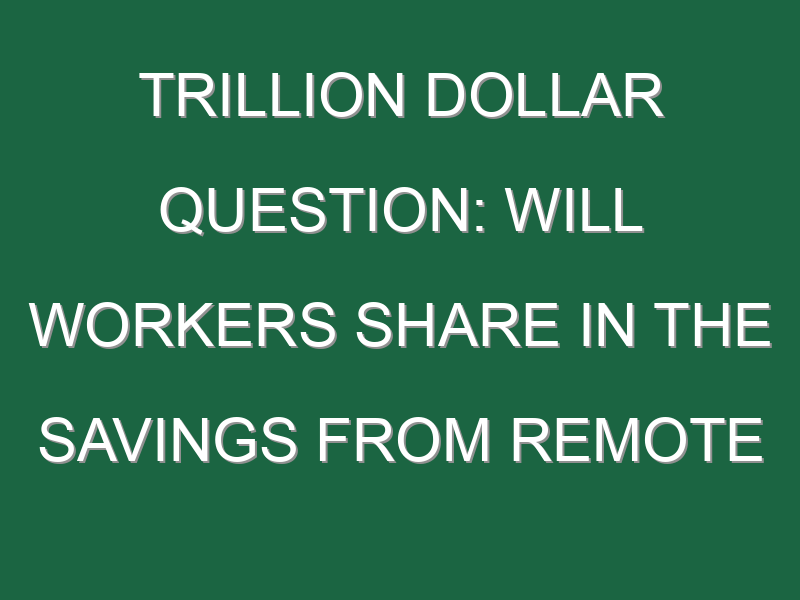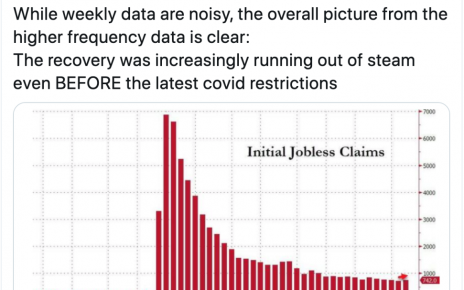This is the web version of Data Sheet, a daily newsletter on the business of tech. Sign up to get it delivered free to your inbox.
Remember Tim Ferriss’s best-selling advice book The 4-Hour Workweek from about 10 years ago? Ferriss tried to make the case that people would be much happier if they opted out of corporate life, moved to less stressful locales, and worked a lot less.
Brilliant title aside, it probably wasn’t a blueprint for all, or even most, people. But I’ve been thinking about Ferriss’s underlying themes as the pandemic has blown up assumptions about where and how we work. Ferriss was ahead of the curve in pointing out the benefits of telecommuting, automating routine tasks, living a mobile lifestyle, and holding fewer–or even no–meetings.
Super-techie Tom Evslin has been blogging about the future of work lately too. It’s not quite the 4-hour workweek. Instead, Evslin has landed on 25 hours, or 50 hours for a couple, as being just as productive as the old 40-hour work week in the office. A lot of time at the office was wasted on kibitzing, web surfing, unnecessary meetings and travel, and commuting, he notes. Working at home allowed people to fit in all of the errands, appointments, and child-rearing tasks that became almost impossible when stuck at the office.
Not everyone in the economy can benefit from the shift, however:
“A danger in this utopian WFH future is that it widens the gap between those who can work from home and those who can’t – a category which includes most essential workers,” he writes. “There must be higher hourly wages for those who must work away from home.”
On the same wavelength, we ran an essay at Fortune by Dropbox CEO Drew Houston on Tuesday. A study by Dropbox confirmed Evslin’s theory, finding knowledge workers typically lost 28% of the day at the office to distractions. At home, however, 36% of workers felt more focused. Reducing those distractions could improve productivity by $1.2 trillion. Houston seized on the results to overhaul Dropbox’s entire work structure, encouraging remote work for focused tasks and office work for collaboration.
“Workers said they were able to focus better at home than they were before,” he wrote. “But they also feel disconnected and said it’s harder to begin new projects with multiple collaborators while remote. Distributed work lets us redefine ‘the workplace’ to mean ‘anywhere work happens,’ and get the best of both worlds.”
Ironically, the day after we ran Houston’s essay, Houston’s company executed one of the old-fashioned, less desirable ways to become more productive: It laid off 315 people, or more than 10% of its workforce. “Our Virtual First policy means we require fewer resources to support our in-office environment, so we’re scaling back that investment and redeploying those resources,” Houston wrote in a memo to employees.
There’s an infamous and pretty depressing graph you’ve probably seen before showing the gains in U.S. productivity over the past 70 years compared to average wages. Since the 1970s, productivity has been rising sharply while wages stagnated, breaking the earlier trend when they rose in unison.
The same struggle is playing out with the shift to remote work. There will be huge cost savings in real estate and overhead for companies, massive loss of jobs for the micro-economies that served office workers, and giant investments required in new technology to equip homes. Just how the fruits of the shift are distributed will be a key question for businesses and workers for years to come.
Fortune will be closed on Monday in honor of Martin Luther King Jr Day. Data Sheet will be back in your inbox on Tuesday.
Aaron Pressman
@ampressman
[email protected]





